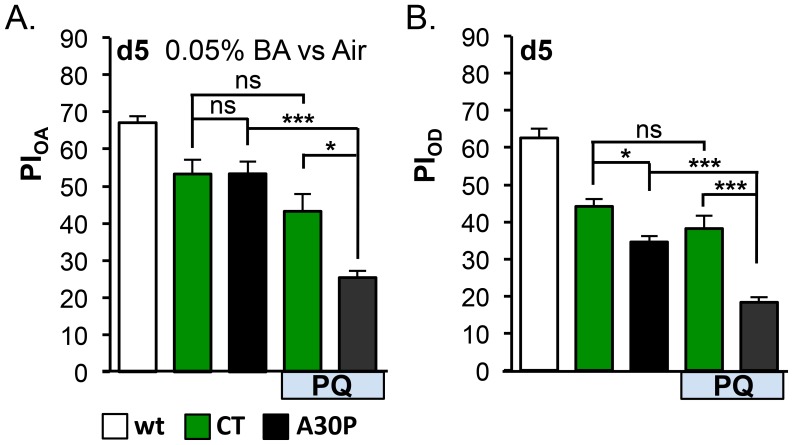Figure 4. Oxidative stress exacerbated olfactory deficits in A30P flies.
(A) Odor acuity (OA) and (B) odor discrimination (OD) assays. Five-days old A30P flies showed normal olfactory acuity (0.05% BA vs. air) and mild discrimination deficit. Paraquat (PQ) feeding enhanced OA and OD deficits in A30P (For CT+PQ vs. A30P+PQ comparison: FOA1,12 = 6.243, *P = 0.0280; FOD1,23 = 5.5152, *P = 0.0329). In OA assays, the mean differences of CT vs. CT+PQ was 10.04% (n.s.: P>0.05) and of A30P vs. A30P+PQ was 27.96% (***P<0.001). In OD assays, the mean differences of CT vs. CT+PQ was 5.97% (n.s.: P>0.05) and of A30P vs. A30P+PQ was 16.25% (***P<0.001). A30P and PQ-feeding were variables significantly interacting with each other (Interaction: *P OA = 0.028, *P OD = 0.033), suggesting an enhancement effect. PQ was 5 mM; wt was an internal control for apparatus assays. Odors used in OA were 0.05%BA and air. Odors used in OD assays were the same as in Figure 3B. Other comparisons: ***P<0.001, **P<0.01, *P<0.05, ns: non significant. Two-way ANOVA followed by Tukey Post-hoc tests among CTs and A30Ps with or without PQ-feeding.

